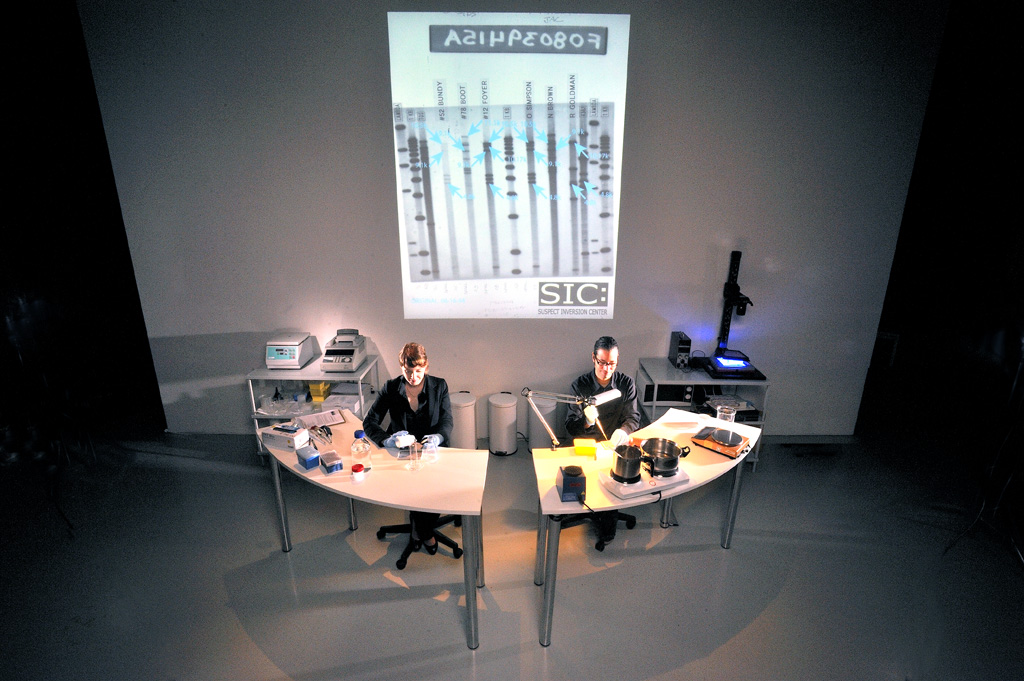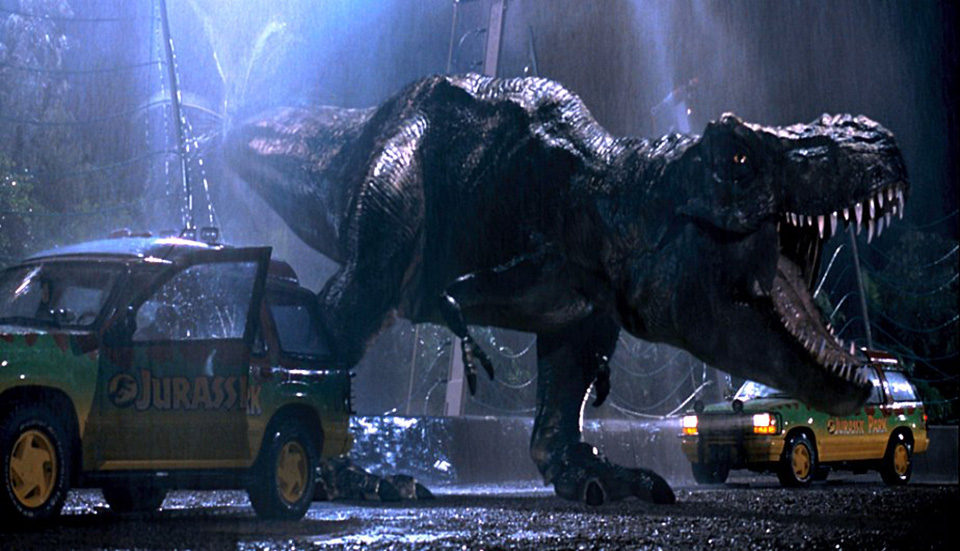Life is always an expressive form of art, as mankind has
depicted aspects of daily life, as seen through paintings, novels, films, and
theatre. William Shakespeare's famous quote
from his comedy As You Like It "All
the world's a stage" means that life itself is a performance and is thus
expressive by itself. With the progresses in the biological sciences, aspects
of bio-art can involve working with cells, organismal bodies, and its tissues directly while others
can involve using scientific imaging. As Stephanie Walden states, some of these
aspects can be controversial such as Eduardo Katz's green fluorescent bunny.
Katz's engineering of the fluorescence gene into a bunny is similar to what
scientists do in research studies of mice. Katz's work is controversial since
it appears that he is manipulating a mammal for what seems artistic purposes. However,
he does justify his actions, showing that the artist's use of transgenics and
other biotechnological methods is a way
to make social commentary about the relationship of human society with
transgenic organisms.
 |
| Katz's green fluorescent bunny |
Other bio-artists such as Paul Vanouse also help to educate
the public about the strengths and weaknesses of science. According to Vanouse,
television shows and media such as CSI overplay the accuracy and speed of using
DNA as a way to identify individuals. Vanouse's work Suspect Inversion Center
shows this problem, where Vanouse uses his own DNA and molecular biology
techniques to repeatedly recreate the DNA evidences presented in the OJ Simpson
trial.
 |
| Suspect Inversion Center exhibit |
Thus artistic biotechnology can be considered as artwork similar
to a traditional painting or sculpture; it would be valued similarly to other
works of art, which is based off of the uniqueness and message it is trying to
get across. This would be different from
other technologies since this art is not meant to serve as a technological item
to be used such as a computer or a phone. Regulations should still apply to
bio-artists similar to what scientists follow since both groups face similar
risks in their work. I have seen fellow scientists and artists described this
week work with human cell lines that can carry infectious diseases. According
to James Gibson from UCLA's Environment, Health, and Safety, regulations should
be followed for the safety of personnel carrying out the work, the public, and
the reduced suffering of certain organisms. From my experience these
regulations are very strict and involve a large stack of paperwork. The famous movie
Jurassic Park directed by Steven Spielberg is a good commentary on limiting
creativity. Its message of limiting creativity if it can harm others that the
public and I got is simple, but important.
 |
| Jurassic Park demonstrates the dangers of unchecked creativity |
References
Gibson, James. "Q&A: James Gibson on Lab Safety at
UCLA." UCLA Newsrom. UCLA, 23 July 2014. Web. 9 May 2015.
<http%3A%2F%2Fnewsroom.ucla.edu%2Fstories%2Fq-a-james-gibson-on-lab-safety-at-ucla>.
Jurassic Park. Dir. Steven Spielberg. Perf. Sam Neill, Laura
Dern, Jeff Goldblum, Richard Attenborough. Universal Studos, 2000. DVD.
Shakespeare, William. "As You Like It: Entire
Play." As You Like It: Entire Play. MIT, 1993. Web. 09 May 2015.
<http://shakespeare.mit.edu/asyoulikeit/full.html>.
Vanouse, Paul. "Suspect Inversion Center (SIC)."
Suspect Inversion Center (SIC). 2013. Web. 9
May 2015. <
http://www.paulvanouse.com/sic.html>.
Walden, Stephanie. "BioArt: Is It Art? Is It Science?
Is It the Future?" Mashable. N.p., 29 Oct. 2013. Web. 09 May 2015.
<http://mashable.com/2013/10/29/cutpastegrow-bioart/>.
Although Kac's "GFP Bunny" has been controversial, I believe his artwork is not destructive of traditional values, but it challenges old-fashioned scientists as well as artists, because it constructs a framework for future conversation in our society.
ReplyDelete